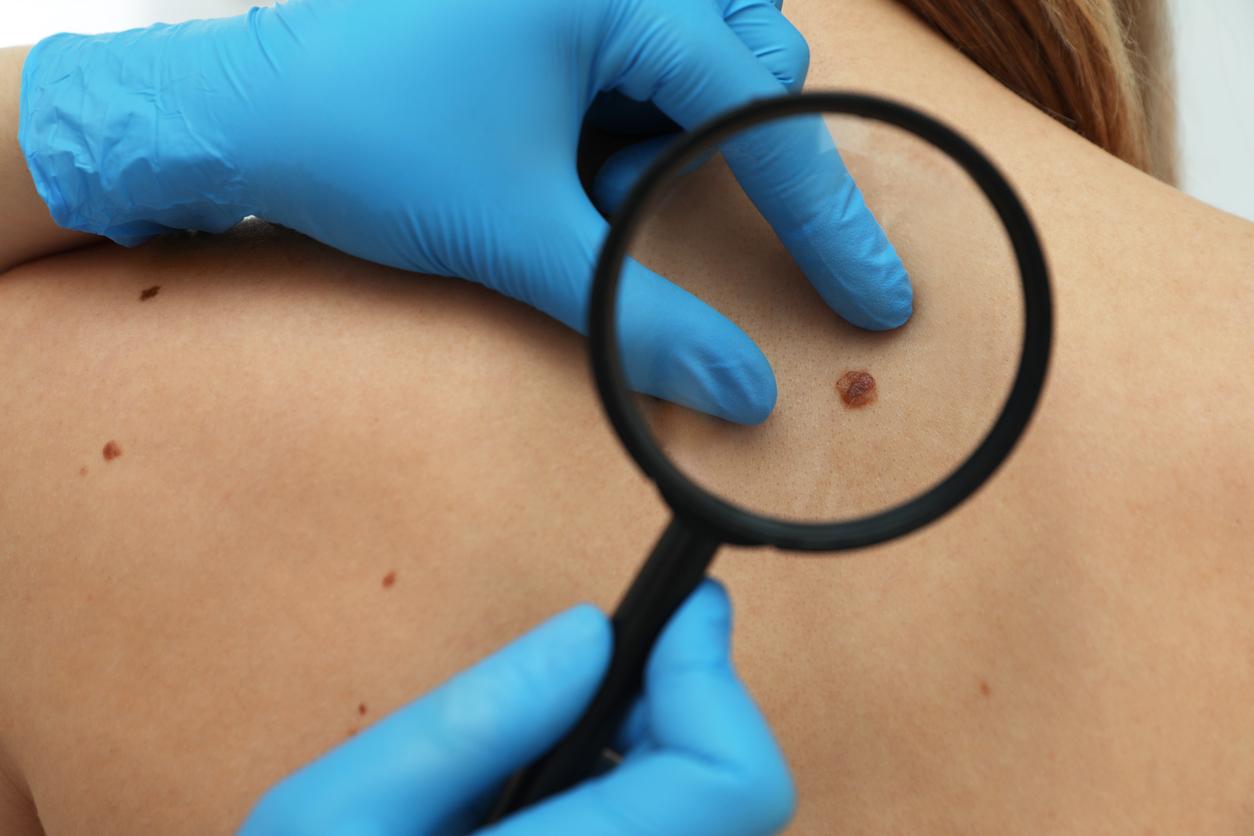
June 1, 2016.
Melanoma is the 11th most common cancer in France. Over the past 40 years, this aggressive form of skin cancer has claimed more and more lives, with an average of 1,500 deaths each year. A team of researchers from the Mediterranean Center for Molecular Medicine has just developed promising new molecules to develop new therapies.
A miracle molecule to fight against many cancers
Nice researchers have just made a discovery that could advance research into a therapy against melanoma, the most aggressive form of skin cancer. These scientists have thus demonstrated the beneficial effects of a family of molecules, the Thiazole Benzensulfonamides (TZB), on this type of cancer.
” Initially this family of molecules was identified in type 2 diabetes because it increased the sensitivity of cells to insulin. If we wanted to use it against cancer, we had to be able to eliminate this pro-insulin activity. “. explains Stéphane Rocchi, from the Mediterranean Center for Molecular Medicine, in a press release issued by the National Institute for Health and Medical Research (Inserm). ” This is how we started to modify its structure “.
A clinical trial could start soon
Called HA15, this molecule has the ability to reduce ” the viability of melanoma cells without being toxic to normal cells », Explains the Inserm press release. “ HA15 induces endoplasmic reticulum stress inducing melanoma cell death by apoptosis (process by which cells trigger their self-destruction in response to a signal, editor’s note) and autophagy (degradation of part of the cytoplasm of the cell by its own lysosomes, editor’s note) ”.
By carrying out their first research, scientists managed to obtain conclusive results in mice. They also discovered that this molecule could be effective against cancer of the breast, colon, prostate, pancreas.. ” The ultimate goal of this project is to use these new molecules in the treatment of melanoma and more generally in other types of cancer. », Concludes Stéphane Rocchi. A phase 1 clinical trial could start soon.
Read also: How to distinguish a mole from a melanoma?















